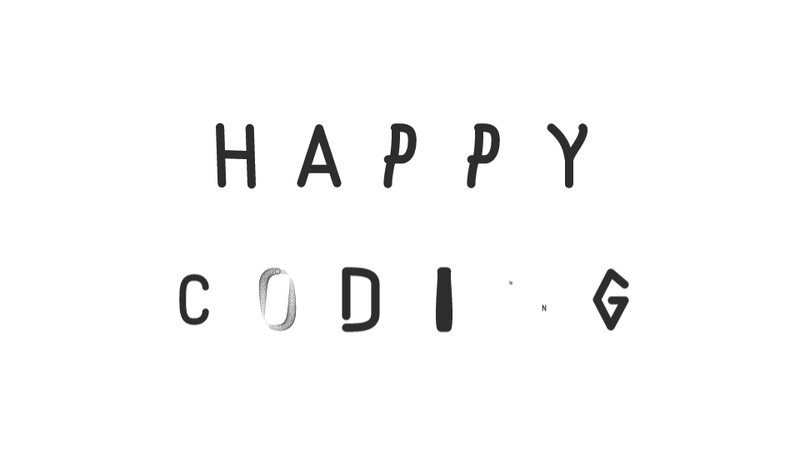Welcome to an exciting blog where we embark on an adventurous journey through the marvelous world of the useContext hook in React! Get ready for some React magic!
Imagine you are in a four-story story building, and you find yourself on the top floor, holding a package that needs to be delivered to someone on the second floor.
Instead of climbing down the stairs, going through each floor, and handing the package to each person along the way until it reaches the intended recipient, there's a more efficient solution.
The building can have a central delivery hub, where all packages are collected and sorted by floor. You can drop off the package at the delivery hub on the fourth floor, and the delivery personnel will ensure it reaches the second floor promptly.
In this scenario, the central delivery hub represents the React context. It acts as a centralized location for managing and distributing packages (data) to the respective floors (components).
By utilizing the useContext hook, components on the second floor (and any other floor) can directly access the package (data) from the context without having to pass it through each intermediate floor (component).
The need for passing the package from person to person, which is similar to prop drilling, is eliminated by utilizing the useContext hook. The code becomes cleaner and more efficient when components can directly access the required resources from the context.
What is prop drilling?
Prop drilling refers to the practice of passing data or props through multiple levels of components in a component tree, even when intermediate components do not directly need that data. It occurs when a component needs to pass props down to its child components, which in turn pass them down to their child components, and so on.
This can lead to code redundancy and reduced maintainability, as props have to be passed through components that do not actually use them. Additionally, it can make it harder to understand the flow of data and can become cumbersome when dealing with deeply nested components.
Let's demonstrate this.
// Assuming FourthFloor.js is our Parent component
//FourhFloor.js
import React from 'react';
import ThirdFloor from './ThirdFloor';
const FourthFloor = () => {
const packageData = {
content: 'gift items',
recipient: '3rd floor',
};
return <ThirdFloor packageData={packageData} />;
};
export default FourthFloor;
// ThirdFloor.js
import React from 'react';
import SecondFloor from './SecondFloor';
const ThirdFloor = ({ packageData }) => {
return <SecondFloor packageData={packageData} />;
};
export default ThirdFloor;
// SecondFloor.js
import React from 'react';
const SecondFloor = ({ packageData }) => {
const packageDataContent = packageData.content;
return <p>{`package content : ${packageDataContent}`}</p>;
};
export default SecondFloor;
In the example above, the packages were being passed from the parent component, FourthFloor, down to the ThirdFloor and then to the SecondFloor. However, since the SecondFloor component doesn't actually need the package data, this leads to unnecessary prop passing through intermediate components.
useContext Hook (React Context API)
Prop drilling can be mitigated by the use of the useContext hook along with React context API. These approaches allow data to be accessed by components directly from a centralized source without the need for prop passing through intermediate components resulting in cleaner and more efficient code.
// PackageDataContext.js
import React, { createContext } from 'react';
const PackageDataContext = createContext();
export default PackageDataContext;
// FourthFloor.js
import React from 'react';
import ThirdFloor from './ThirdFloor';
import PackageDataContext from './PackageDataContext';
const FourthFloor = () => {
const packageData = {
content: 'gift items',
recipient: '2nd floor',
};
return (
<PackageDataContext.Provider value={packageData}>
<ThirdFloor/>
</PackageDataContext.Provider>
);
};
export default FourthFloor;
// ThirdFloor.js
import React from 'react';
import SecondFloor from './SecondFloor';
const ThirdFloor = () => {
return <SecondFloor />;
};
export default ThirdFloor;
// SecondFloor.js
import React, { useContext } from 'react';
import PackageDataContext from './PackageDataContext';
const SecondFloor = () => {
const packageData = useContext(PackageDataContext);
const packageDataContent = packageData.content;
return <p>{`package content : ${packageDataContent}`}</p>;
};
export default SecondFloor;
In the demonstration above, The PackageDataContext file creates a new context object, which is essentially a container for data that can be shared between components. The packageData object is passed to the packageDataContext.Provider component in the FourthFloor component. The ThirdFloor and SecondFloor components can then use the useContext hook to access the packageData from the packageDataContext. This eliminates the need to pass the packageData down through multiple levels of components, which makes the code more readable and maintainable.
With a solid understanding of how to utilize the useContext hook, you now have the tools to tackle complex state management challenges with confidence. Remember to apply best practices such as organizing your context providers, considering performance optimizations, and embracing modular design principles. As you continue your React journey, keep exploring and experimenting with the useContext hook, as it will undoubtedly play a pivotal role in your development toolkit.
So, go forth and harness the power of useContext to elevate your React skills and build exceptional applications. Happy coding!
Ziz Here🚀
Kindly Like, Share and follow us for more contents related to web development.





Top comments (4)
Good article!
Thank you Alvinson
Great analogy for explaining!!! Thanks!!!
😊